Teaching Opposite Words for Kids Through Play: The Educational Power of Jigsaw Puzzles

In the world of early childhood education, engaging children in learning through play is a highly effective strategy. One of the most impactful methods for teaching children new concepts is through jigsaw puzzles, specifically those that focus on opposite words. The 2 Pcs Opposite Words Jigsaw Puzzle offers an excellent opportunity to introduce young learners to the concept of opposites in a fun and interactive way. This article explores how this puzzle can be used to teach opposite words for kids, and why integrating such educational tools into playtime can enhance learning outcomes.
Understanding Opposite Words
Opposite words, or antonyms, are pairs of words with contrasting meanings. For instance, "big" and "small," "hot" and "cold," or "happy" and "sad." Understanding these concepts helps children to expand their vocabulary and enhances their ability to communicate effectively. Teaching opposite words is essential as it aids in language development, cognitive skills, and comprehension abilities.
The Role of Jigsaw Puzzles in Learning
Jigsaw puzzles have long been recognized as valuable educational tools. They help develop problem-solving skills, hand-eye coordination, and spatial reasoning. When it comes to teaching children opposite words in a fun way. Mittimate’s 2 PCS Jigsaw Puzzle is the great option. As this puzzle game is specifically designed to introduce children to the concept of opposites.
How the 2 Pcs Opposite Words Jigsaw Puzzle Works
The "2 Pcs Opposite Words Jigsaw Puzzle" consists of two puzzle pieces that fit together, each featuring opposite words. For example, one piece might have the word "day" and the other "night." As children assemble the puzzle, they are not only working on their fine motor skills but also learning to associate and understand the relationship between opposite words.
Benefits of Using the Puzzle to Teach Opposite Words
- Visual and Physical Learning: The visual representation of opposite words on puzzle pieces helps children make connections between words and their meanings. As they physically manipulate the pieces, they reinforce their understanding of the concepts.
- Interactive Engagement: Unlike traditional flashcards or worksheets, puzzles provide a hands-on approach to learning. This interactive engagement can make the learning process more enjoyable and memorable for children.
- Reinforcement Through Repetition: As children repeatedly play with the puzzle, they reinforce their understanding of opposite words. Repetition is crucial in language acquisition and helps solidify new concepts in a child's memory.
- Development of Cognitive Skills: Assembling the puzzle pieces requires critical thinking and problem-solving skills. Children must figure out how the pieces fit together, which enhances their cognitive abilities while they learn about opposites.
- Encouraging Language Use: While playing with the puzzle, children may use the opposite words in conversation, helping to integrate their new vocabulary into everyday language. This practical application supports better retention and usage of the words.
Tips for Maximizing Learning with the Puzzle
- Introduce the Concept Gradually: Start by explaining the concept of opposites in simple terms. Use examples from everyday life, such as "up" and "down" or "happy" and "sad." Once the child grasps the basic idea, introduce the puzzle.
- Incorporate Storytelling: Create stories or scenarios where opposite words play a key role. For instance, tell a story about a character who experiences both "hot" and "cold" weather. This contextual learning helps reinforce the concept.
- Encourage Repetition: Allow children to play with the puzzle multiple times. The more they interact with the puzzle, the better they will understand and remember the opposite words.
- Use Additional Resources: Complement the puzzle with other educational materials such as books, flashcards, or apps that focus on opposite words. This multi-faceted approach reinforces learning from different angles.
- Involve Caregivers: Engage parents and caregivers in the learning process. Provide them with simple strategies to use the puzzle at home, ensuring that learning continues beyond the classroom or play area.
The Educational Power of Play
Play is an essential part of childhood development. It allows children to explore, experiment, and learn in a natural and enjoyable way. By integrating educational elements like opposite words into playtime through puzzles, we can make learning both effective and fun. The "2 Pcs Opposite Words Jigsaw Puzzle" is a prime example of how play can be used as a powerful educational tool.
Explore More Educational Toys
To further enhance your child’s learning experience, consider exploring Mittimate’s extensive collection of educational toys. At Mittimate, you can order toys online that are specifically designed to foster growth and development through play.
Jigsaw Puzzles for Kids: Beyond the "2 Pcs Opposite Words Puzzle," Mittimate offers a wide range of jigsaw puzzles that cater to various age groups and skill levels. For example, wooden jigsaw puzzle and action word puzzles are perfect for expanding your child's vocabulary while developing problem-solving skills. You can see the complete collection of jigsaw puzzles by clicking on the given link Jigsaw Puzzles For Kids
Brain Teaser Toys: For children who enjoy a challenge, Mittimate’s brain teaser toys like the maze puzzle, snake cube puzzle, and wooden tangram puzzle are great options as these toys provide stimulating fun that sharpens cognitive abilities. Click on the given link to see more Brain Teaser Toys
Toys for Different Age Groups: Whether you’re looking for toys for 2 year olds, toys for 4 year olds, toys for 6 year olds, or toys for 8 year olds, Mittimate has a variety of options that support developmental milestones at each stage. From DIY family tree models to wooden chess board and tic tac toe games, these toys engage children in meaningful play while building essential skills.
Toys For 2 Year Olds
Toys For 4 Year Olds
Toys For 6 Year Olds
Toys for 8 year olds
Conclusion
Teaching opposite words for kids through the "2 Pcs Opposite Words Jigsaw Puzzle | Fun & Learning Games for Kids" combines the joy of play with valuable educational content. This puzzle not only helps children understand and use opposite words but also enhances their cognitive and motor skills. By incorporating such educational tools into playtime, parents and educators can provide children with a rich learning experience that is both enjoyable and effective. Embracing the power of play in education ensures that children develop essential language skills while having fun.
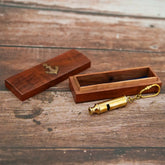

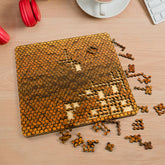

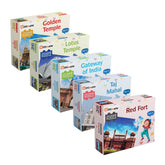

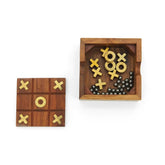

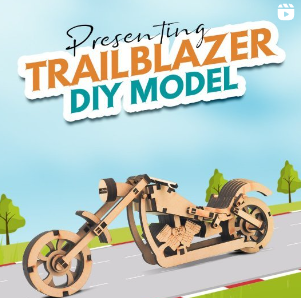
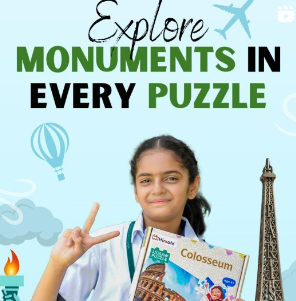

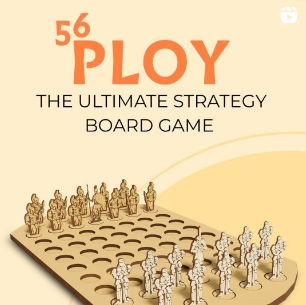

Leave a comment
Please note, comments need to be approved before they are published.